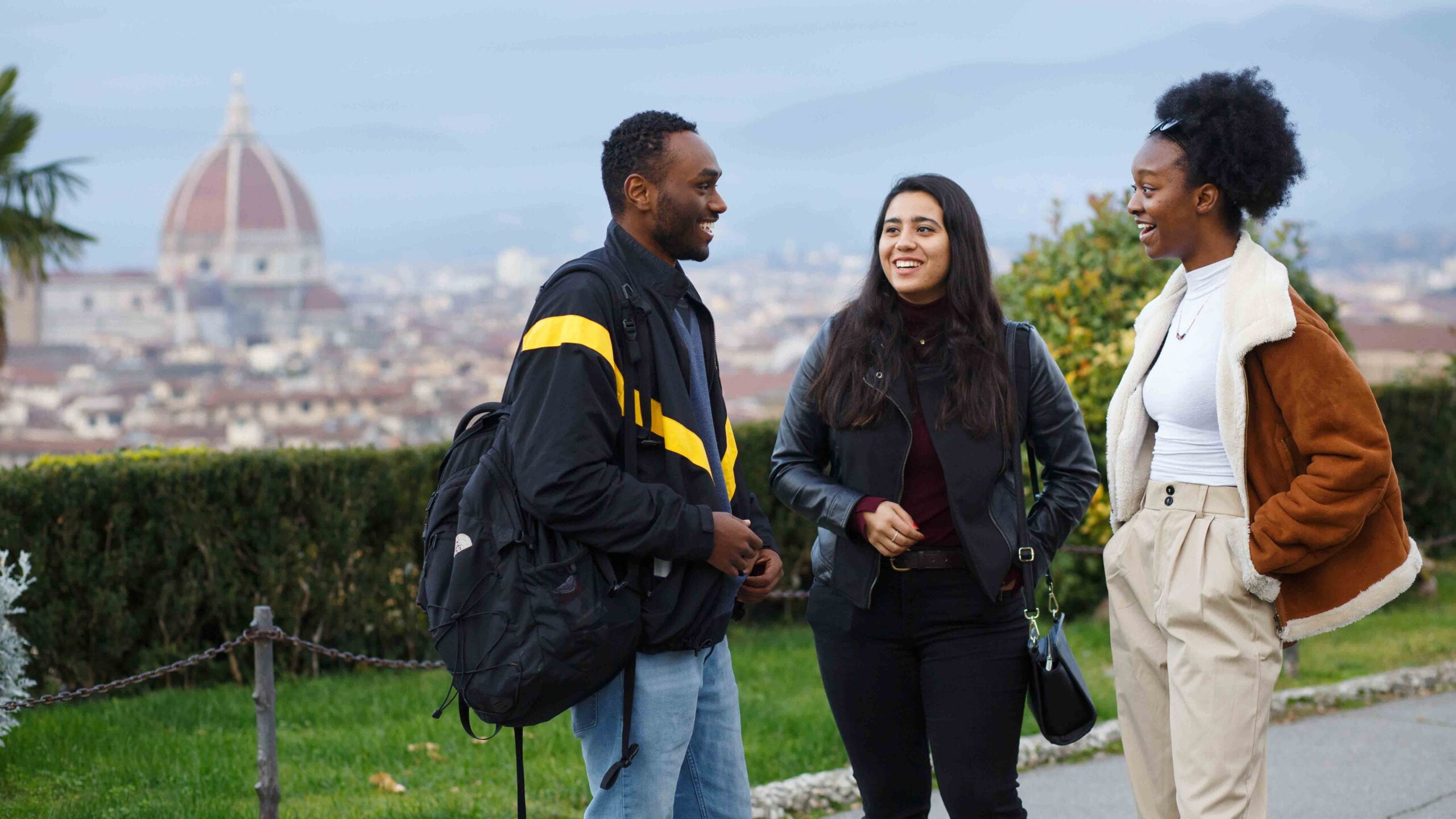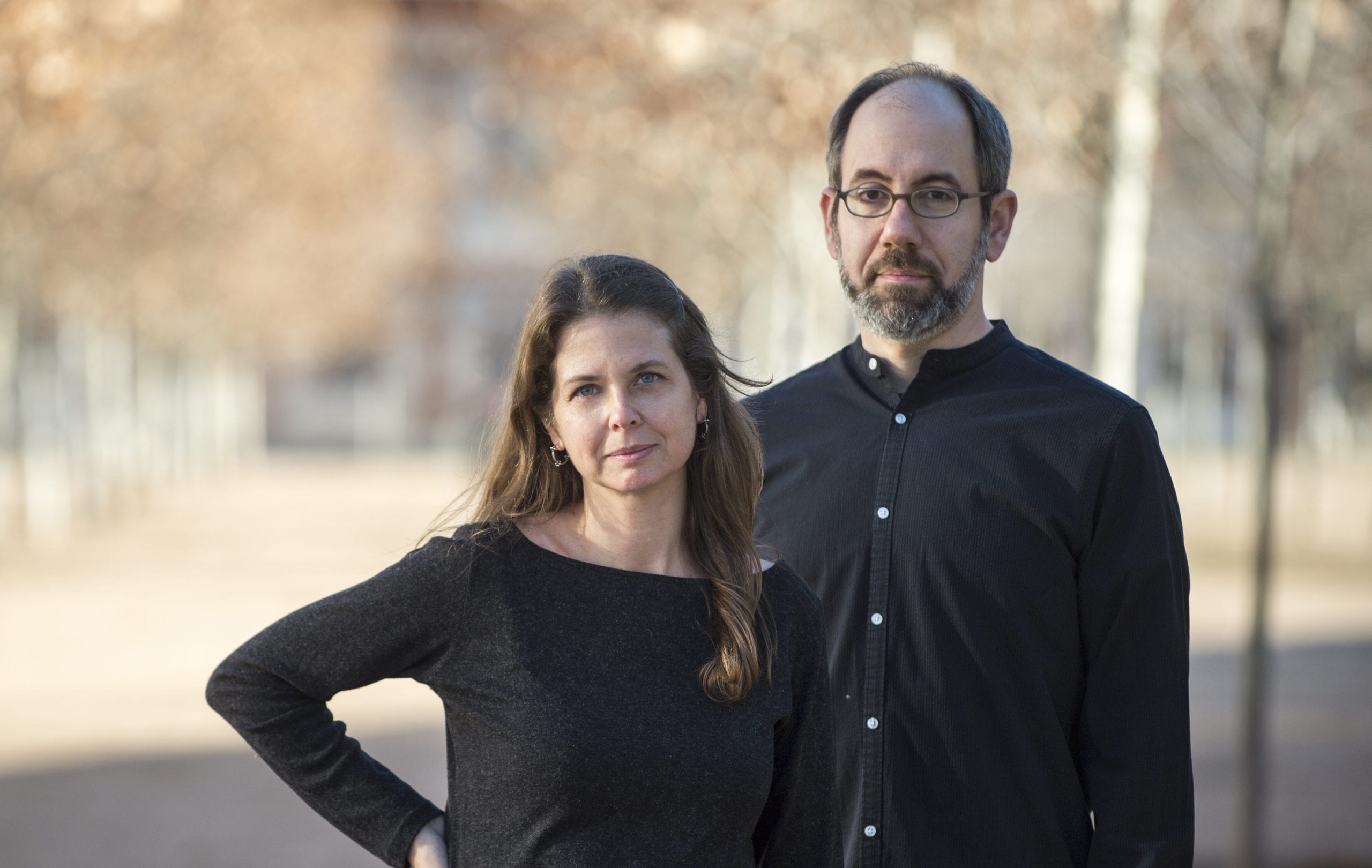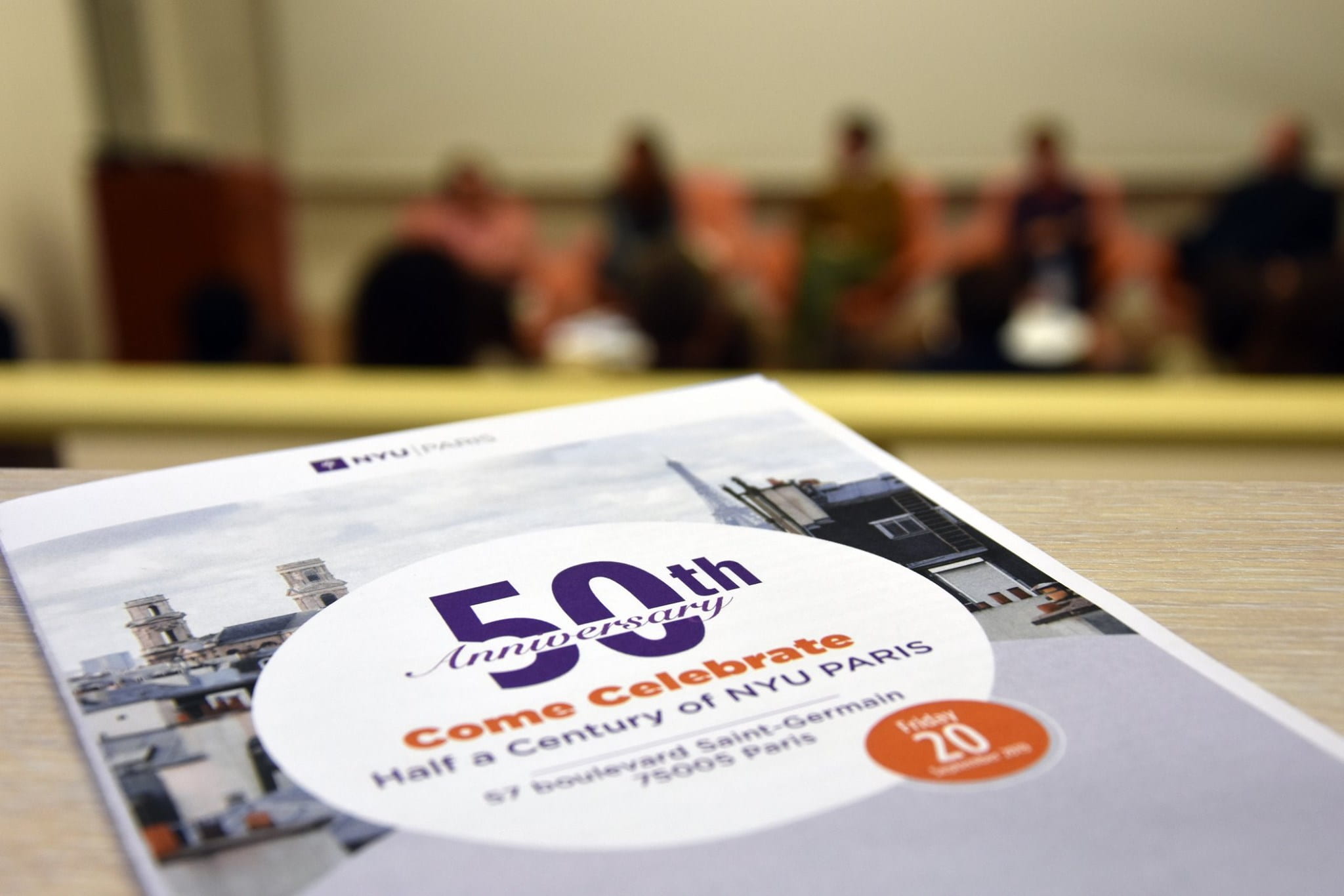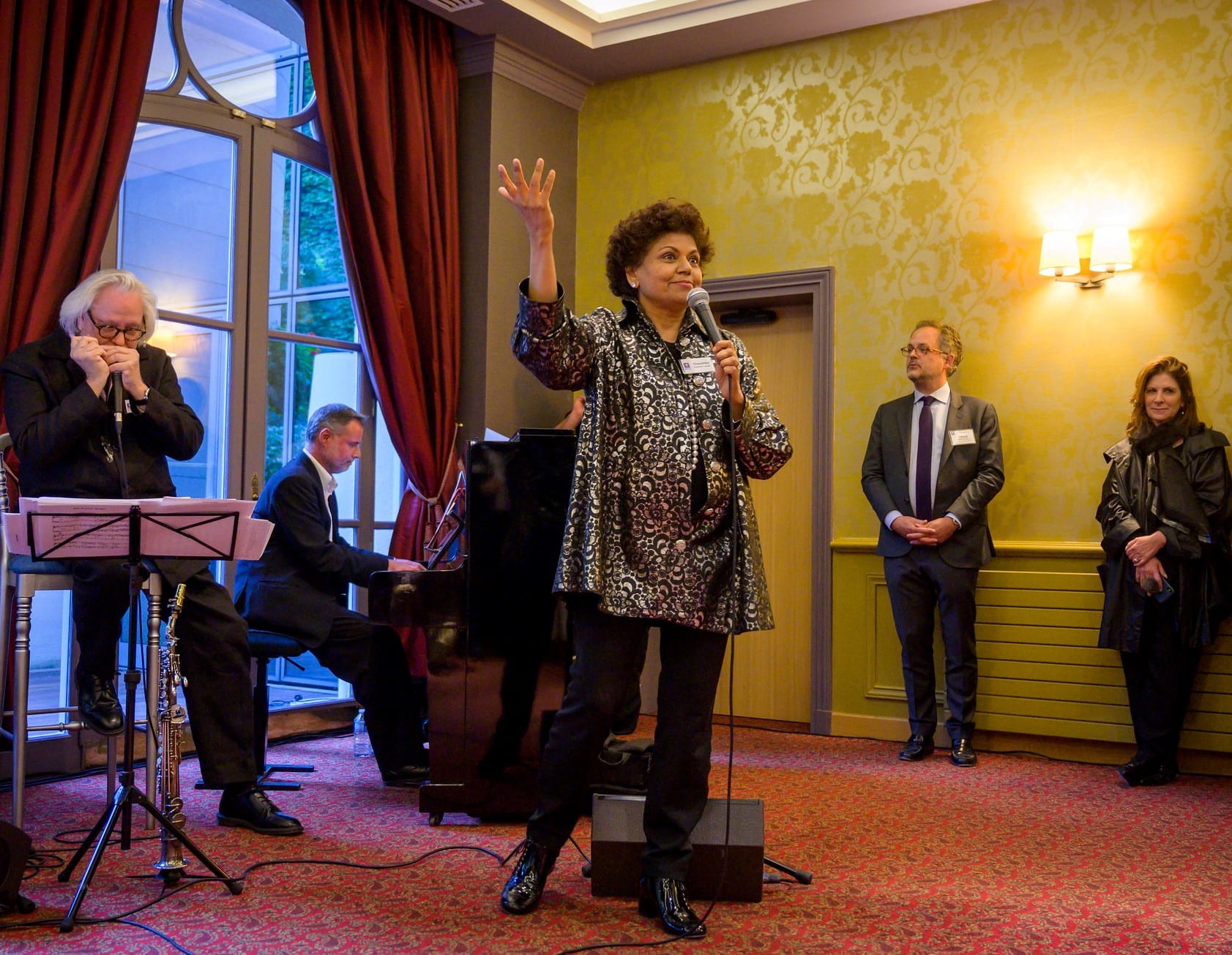One marker of success when spending extended time in a new place (especially as a student) is how comprehensively one engages with the local culture. At NYU Florence, students are immersed in Italian and, specifically, Florentine culture through a range of courses and activities. And for over six years, Global Lecturer Justin Randolph Thompson has worked to ensure that experience includes the rich history of Black people in Italy.
In addition to his role as a lecturer at NYU Florence, Thompson, an artist, cultural facilitator, and educator, is the cofounder and director of Black History Month Florence, a multifaceted exploration of Black histories and cultures in the context of Italy. He also works with faculty and students to provide support for study abroad programs, offer internships and workshops, and share a space to connect with Black culture abroad. As a young man living in Italy, Thompson, who has lived between the United States and Italy since 1999, found that his relationship to Blackness was very much shaped by his environment.
Black History Month Florence
The first Black History Month Florence was created in 2016 to inspire much-needed connection—as a way to link Thompson’s projects to institutions in Florence and elevate his message. “Blackness extends into antiquity; there has never been a time in Italian history when there were not Black people here. But the country needed a framework to engage in more expansive conversations about Blackness.” Therefore, Thompson and cofounder Andre Thomas Halyard worked to build a network of like-minded people, artists, and writers to engage people with this history.
“In 1926 historian Carter G. Woodson established Black History Month because there was a need to tell a more complete story about the United States. And 90 years later, there was a need to tell a more complete story about Italy,” Thompson explains. This year’s celebration, which began on February 1, has expanded to include about 50 events, and its network now stretches across Italy and beyond. “It’s a huge cultural moment,” Thompson says. “Every single time we’re able to pull this together thanks to a range of partners, it is an incredible demonstration of what’s possible.”
The Recovery Plan
Now that Thompson’s work has grown, Black History Month Florence is but one piece of a much more comprehensive puzzle. The Recovery Plan, which developed from the success of Black History Month Florence, is a Black cultural center that examines the history and contemporary legacy of Blackness in a global context. The center hosts a range of exhibitions, performances, lectures, seminars, workshops, and residencies designed to reflect upon Italy as a historic site for cultural exchange.
The Recovery Plan collaborates with organizations and institutions throughout and beyond Italy, supporting young Black Italian artists. The center also nourishes an archive and library for the study of Afrodescendent cultures while helping to provide training and support to its partners.
“This is the work that really needs to happen in order to safeguard layers of history that have been consistently excluded,” Thompson says. “These absences impact all of society.”
The Work Together Is the Reward
Thompson has exhibited and performed at institutions all over the world, including the Contemporary at Blue Star art institution in San Antonio, Texas; Villa Romana in Florence, Italy; the Whitney Museum of American Art in New York, New York; and the Museo Nacional Centro de Arte Reina Sofía in Madrid, Spain. He has also won a number of awards, including a 2022 Creative Capital Award, a 2020 Italian Council Research Fellowship, and a Louis Comfort Tiffany Foundation Biennial Competition award.
These awards have given Thompson the freedom to experiment and push the boundaries of his work, beginning projects and bringing on new partners even if he doesn’t know the outcome from the start. As an educator, he follows a similar philosophy: “My teaching—and the way I live my life—is about developing a relationship where we can question everything and exchange what it is that we do know,” he says. “Together, we create a more complete picture. Every one of us can contribute such important things to this world.”
Written by Sarah Bender




